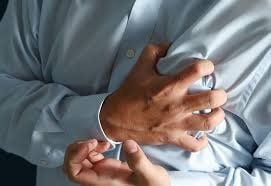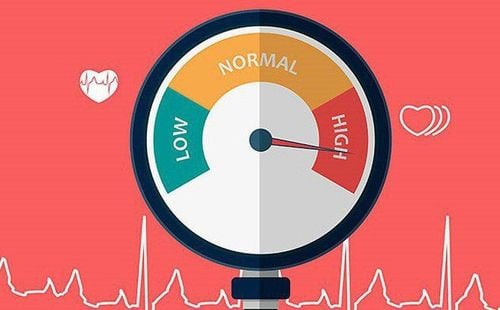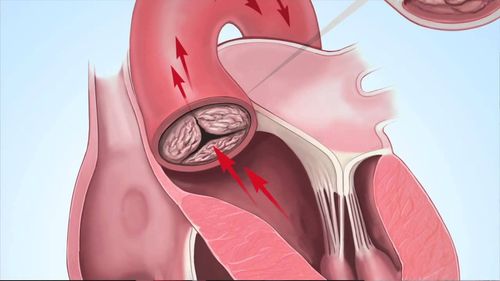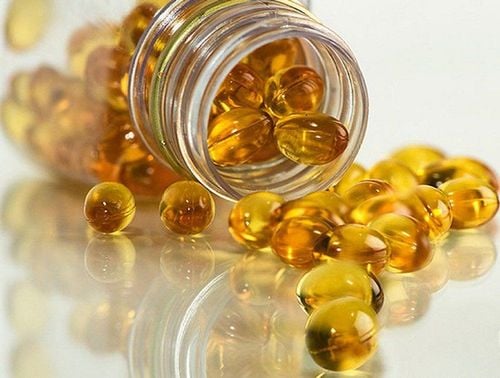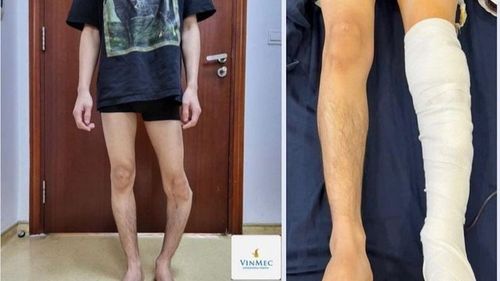Nội dung bạn đang tìm kiếm không có phiên bản tiếng Việt.
Vui lòng chọn tiếp tục để xem nội dung tiếng Anh hoặc đi đến trang chủ Tiếng Việt.
Rất xin lỗi về sự bất tiện này.

Home
Tag Childrens health
Articles in Childrens health
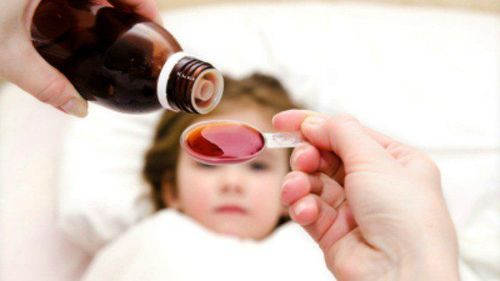
The dosage of paracetamol for children based on weight
Paracetamol is a widely used antipyretic medication for both adults and children. However, the dosage of paracetamol for children based on weight is not always as straightforward as 10-15 mg/kg for all cases, as parents often believe
Xem thêm
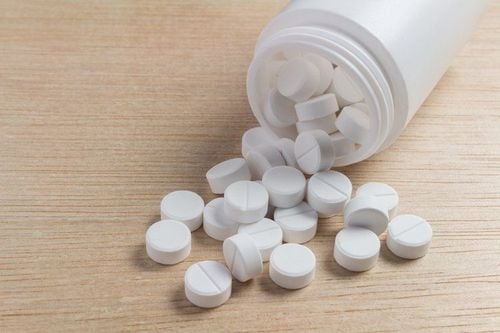
What happens in an overdose of paracetamol in children?
Paracetamol is often used to treat pain and fever, and it is thought to be safe for everyone, even children. When giving the drug to young children, however, you need a prescription and advice from a doctor because an overdose of paracetamol can cause serious problems or even death.
Xem thêm

Instructions on how to bathe a child with a high fever at home
In addition to giving children fever-reducing medication every 4-6 hours, bathing them correctly and safely also helps reduce temperature and prevent complications that could affect the child's nervous system. To help parents know how to bathe a child with a high fever at home, here is the guide from Professor, PhD. Pham Nhat An - Director of the Pediatric Center at Vinmec Times City.
Xem thêm
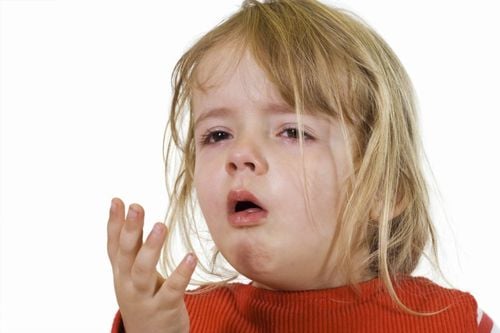
What should parents do when a child has a cold and vomits frequently?
A cold in children is a common acute respiratory infection, especially in children under 5 years old. In addition to symptoms such as coughing, runny nose, and fever, children may also experience frequent vomiting, which can worry parents. So, what should parents do when a child has a cold and vomits frequently?
Xem thêm
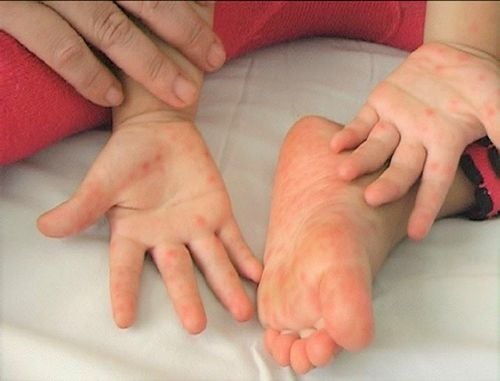
3 warning signs of severe hand, foot and mouth disease in children
Hand, foot and mouth disease in children is very common and contagious. The disease can heal itself after 5-7 days. However, if not treated properly, hand, foot and mouth disease in children can cause many dangerous complications and even death. Many parents wonder when their child needs to be hospitalized for hand, foot and mouth disease? In the article below, learn about hand, foot and mouth disease in children as well as the signs of the disease in the severe stage that parents need to pay attention to.
Xem thêm
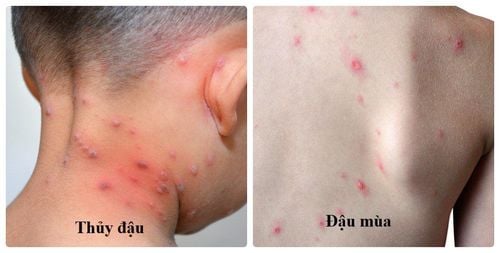
Smallpox and chickenpox are 2 different diseases
Smallpox and chickenpox are both diseases that present with vesicles and cause skin damage. However, chickenpox rashes tend to appear in clusters on the face, abdomen, and back, with some spreading to the arms, while smallpox lesions primarily concentrate on the hands and feet.
Xem thêm

Skin Care and Bathing for Babies with Hand, Foot, and Mouth Disease
Hand, foot, and mouth disease is an infectious illness caused by intestinal viruses that can lead to epidemics. Typical symptoms include blisters on the skin and mucous membranes, often accompanied by fever. If not properly cared for, hand, foot, and mouth disease in infants can pose serious risks, including death or long-term health issues.
Xem thêm
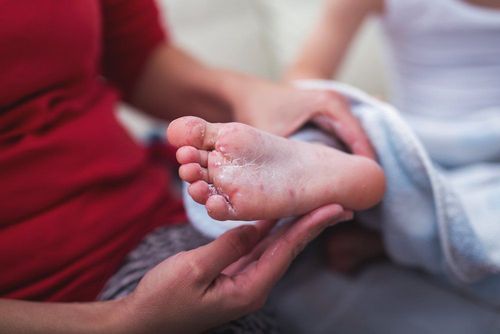
The Four Stages of Hand, Foot, and Mouth Disease (HFMD)
Hand, foot, and mouth disease (HFMD) is caused by enteroviruses, most commonly Coxsackievirus and Enterovirus 71. The disease spreads primarily through the digestive tract but can also be transmitted via respiratory secretions. Clinically, HFMD progresses through four distinct stages.
Xem thêm

Essential Information for Mothers Regarding Coughing Up and Vomiting in Children
Coughing and vomiting are common issues faced by newborns and infants. If you are caring for a young child, it's essential to understand the fundamental aspects of these symptoms.
Xem thêm
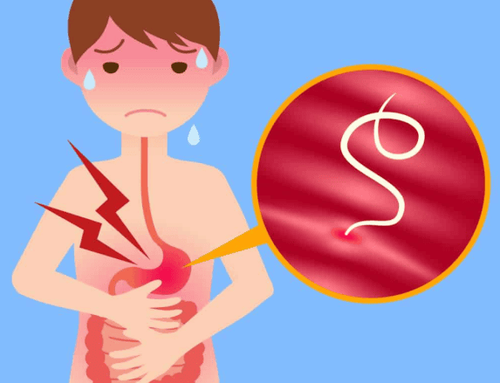
Worm infections in children
Intestinal worm infections are currently common in children. The consequences of these infections include poor appetite, slow growth, malnutrition, anemia, and even death due to complications. Abdominal pain caused by worms is a typical sign that helps identify and effectively treat this condition.
Xem thêm

How long after birth can newborn babies sunbathe?
Sunbathing helps newborns absorb sunlight, produce enough vitamin D for the body, reduce rickets, and treat neonatal jaundice. 7 to 10 days after birth is the ideal time for mothers to gradually introduce their babies to sunlight.
Xem thêm




